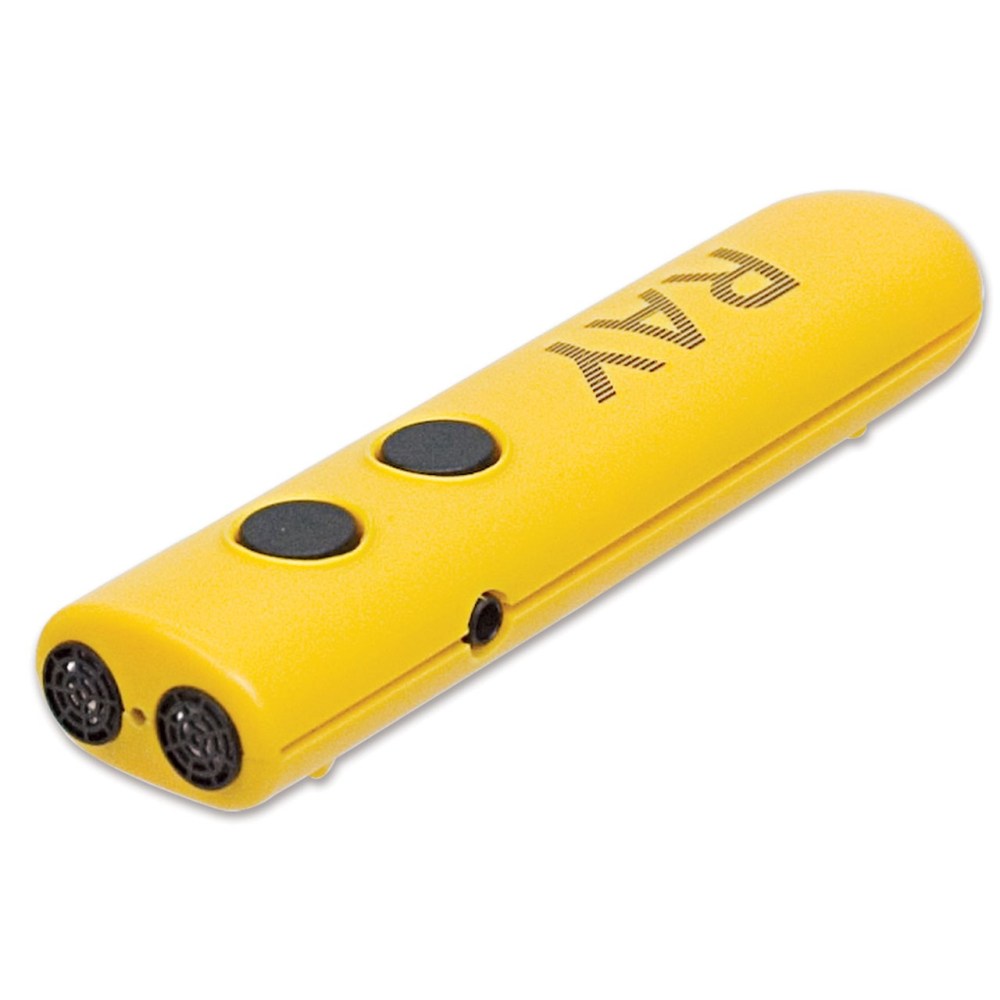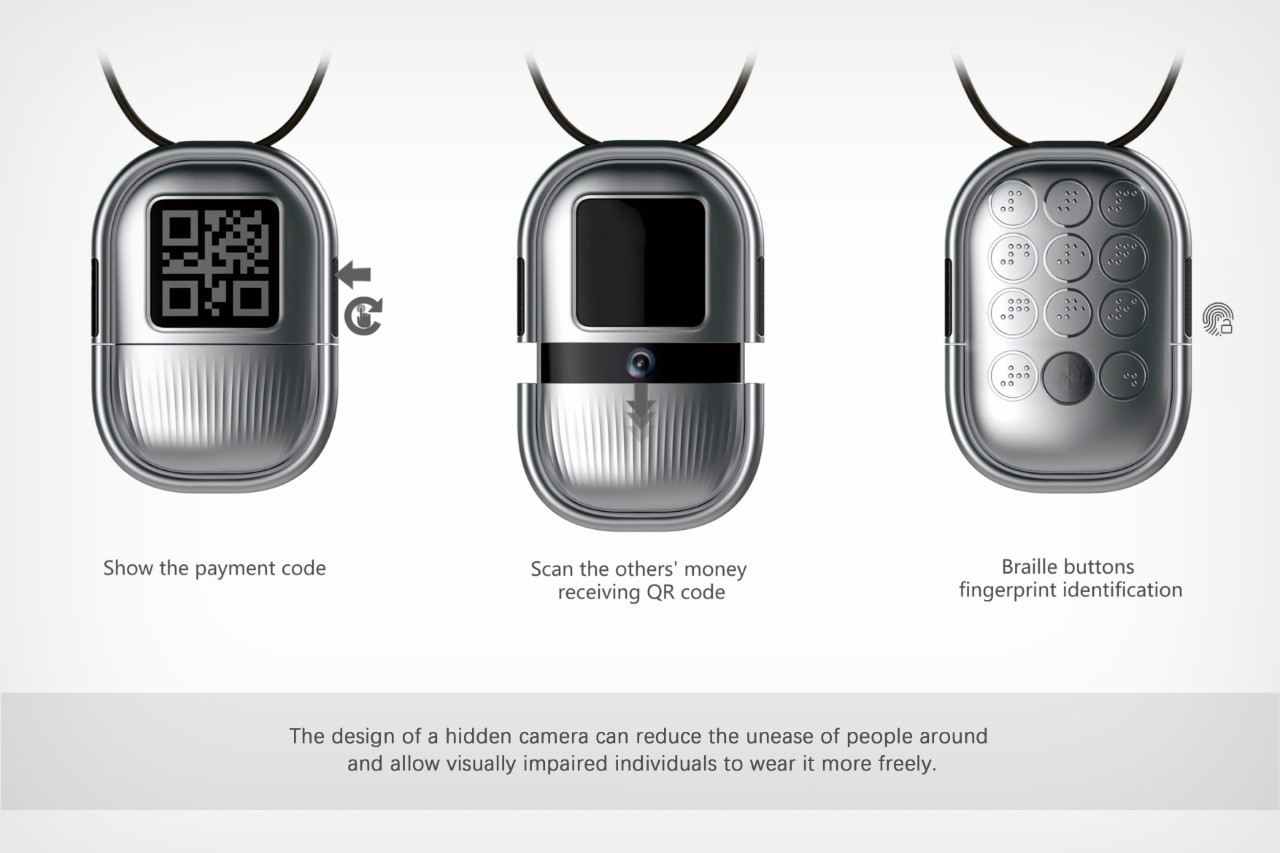Screen Readers for the Blind: Accessing Data Without Barriers
Wiki Article
Enhancing Lives With Advanced Assistive Instruments for the Blind
The integration of sophisticated assistive tools for the blind is transforming exactly how people experience their surroundings and engage with their areas. What does this evolution suggest for the future of assistive modern technology and its function in equipping individuals?Introduction of Assistive Tools
Assistive devices for the blind include a diverse series of modern technologies and devices designed to enhance independence and boost the lifestyle for individuals with aesthetic problems. These tools accommodate various needs, from navigation and flexibility to communication and daily job monitoring.Among the primary categories of assistive devices includes wheelchair aids, such as white walking canes and guide canines, which aid customers browse their surroundings safely. Electronic traveling aids, outfitted with sensors and audio comments, also play a substantial duty in mobility improvement.
Furthermore, devices that assist with daily living tasks, such as adaptive kitchen devices, Braille tags, and chatting watches, encourage individuals to carry out tasks individually. Interaction help, including display viewers and Braille display screens, facilitate accessibility to info and enable people to engage efficiently with the digital globe.
Furthermore, low-tech options like magnifying glasses and large-print products stay crucial for many users. Collectively, these assistive gadgets serve not just as useful devices but also as essential enablers of autonomy, promoting greater participation in a world that often prioritizes sighted experiences. Their assimilation right into day-to-day live is important for promoting inclusivity and improving overall wellness for those with visual problems.
Ingenious Technologies in Use
Technology in innovation has significantly transformed the landscape of devices available for people with visual disabilities. Amongst the most remarkable improvements are wise glasses incorporated with enhanced reality, which provide real-time navigation assistance and object recognition. These devices take advantage of advanced electronic cameras and fabricated intelligence to provide auditory signs, improving the individual's spatial understanding and autonomy.Additionally, mobile applications have actually arised as effective resources, making it possible for customers to recognize money, reviewed text aloud, and navigate unfamiliar environments with spoken directions. Devices such as Braille screens and refreshable Braille devices proceed to develop, using smooth connectivity with computers and mobile phones, therefore boosting interaction and access to info.
Wearable technology, including smartwatches geared up with voice-activated functions, further equips users by helping with quick accessibility to alerts and signals without calling for visual involvement. Tactile maps and 3D printing are also getting grip, providing concrete depictions of rooms that aid in orientation and wheelchair training.
Jointly, these ingenious technologies not just improve the day-to-day lives of aesthetically impaired individuals however also foster higher independence, inclusivity, and interaction with the more comprehensive area, therefore improving assumptions of ease of access. (Wearable technology for low vision)
Individual Stories of Empowerment
Empowerment typically arises from individual experiences that highlight the transformative influence of technology on people with visual problems. Take, for circumstances, the story of Sarah, a young musician who regained her interest for paint through the use of a smart walking cane equipped with barrier discovery. This gadget not just facilitated her movement however instilled a newfound confidence, permitting her to browse public areas separately and pursue her innovative endeavors.
These narratives emphasize the profound impacts that progressed assistive devices can carry day-to-day live. By making it possible for people to get over obstacles, technology cultivates a feeling of autonomy and self-respect. Such empowerment stories act as a testimony to the possibility of advancement, illustrating how the right tools can considerably improve lifestyle and open doors to new opportunities for those with aesthetic impairments.
Advantages of Advanced Solutions
Just how can progressed solutions essentially improve the lives of individuals with aesthetic disabilities? The assimilation of innovative modern technology into assistive devices substantially changes day-to-day experiences for those affected by vision loss. These sophisticated services supply extraordinary freedom, making it possible for users to browse their environments with self-confidence. Tools such as clever canes furnished with sensors, navigation applications, and wearable innovation are developed to offer real-time feedback, improving spatial recognition and decreasing the threats related to flexibility.
Additionally, advanced assistive technologies foster social incorporation by assisting in communication and interaction. Voice-activated gadgets and apps allow people to access information and engage with their environments independently, breaking barriers that formerly prevented their engagement in instructional, specialist, and social setups.
In enhancement, the modification and flexibility of these solutions cater to the diverse demands of individuals, consequently improving their general lifestyle. Improved performance, such as things recognition and text-to-speech capabilities, encourages people with visual problems to do jobs that they may have once located challenging. Eventually, progressed assistive technologies not only improve independence and safety and security yet additionally promote self-respect and self-respect, permitting individuals to lead satisfying lives.
Future Fads in Assistive Technology
As technology continues to advance, the landscape of assistive devices for the blind is positioned for impressive developments that will better enhance accessibility and freedom. Emerging patterns in assistive technology suggest a shift toward boosted integration of fabricated knowledge (AI) and artificial intelligence, making it possible for gadgets to adapt to private user requires in real-time. These innovations are expected to facilitate more user-friendly navigation systems that can determine challenges and provide audio feedback, significantly improving outdoor movement.In addition, the growth of wearable technology, such as clever glasses furnished with augmented reality, will enable individuals to obtain contextual details regarding their surroundings, thus improving their spatial recognition. In addition, developments in haptic technology promise to develop tactile comments tools, allowing individuals to regard information through touch, boosting learning and communication with their environment.
Telecommunication developments are likewise leading the way for remote assistance remedies, where qualified experts can provide guidance through video clip telephone calls, making certain assistance is conveniently obtainable. As these patterns unravel, the future of assistive devices for the blind will most certainly promote better freedom, equipping individuals to browse their world with confidence and ease.

Conclusion
The combination of innovative assistive tools for the blind stands for a substantial improvement in fostering freedom and enhancing lifestyle. By utilizing ingenious technologies, these tools equip users to navigate their atmospheres with higher confidence and freedom. As the field proceeds to develop, continuous research study and growth will likely yield a lot more sophisticated services, better changing the lived experiences of individuals with aesthetic problems and advertising a better feeling of incorporation within society.
The integration of innovative assistive tools for the blind is changing exactly how people experience their environments and connect with their communities. The integration of cutting-edge technology right into assistive gadgets considerably transforms day-to-day experiences for those affected by vision loss.As modern technology proceeds to develop, the landscape of assistive tools for the blind is positioned for impressive advancements that will further enhance ease of access and independence. Arising fads in assistive innovation suggest a shift toward raised assimilation of man-made intelligence (AI) and device understanding, making it possible for Voice-activated assistive devices devices to adjust to specific user needs in real-time.The combination of innovative assistive gadgets for the blind stands for a substantial improvement in cultivating independence and boosting quality of life.
Report this wiki page